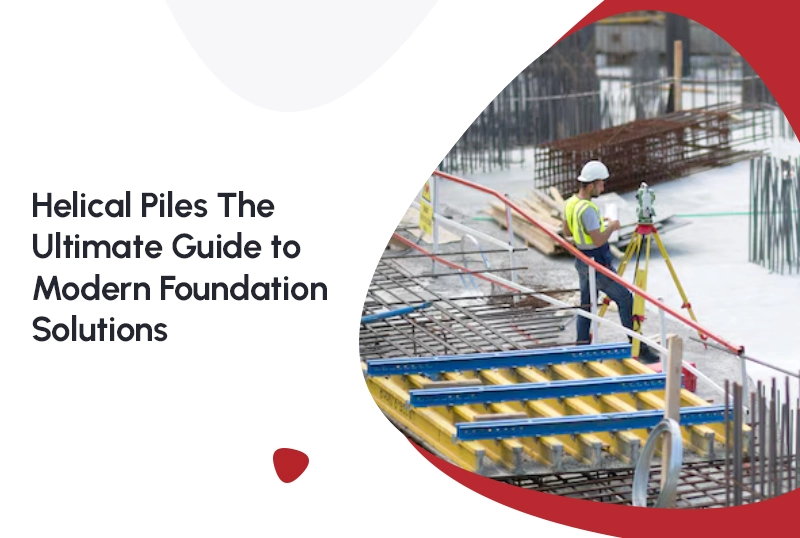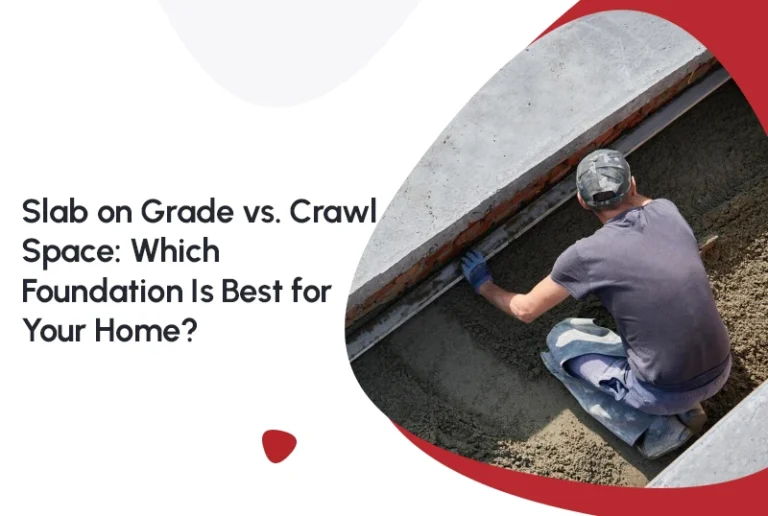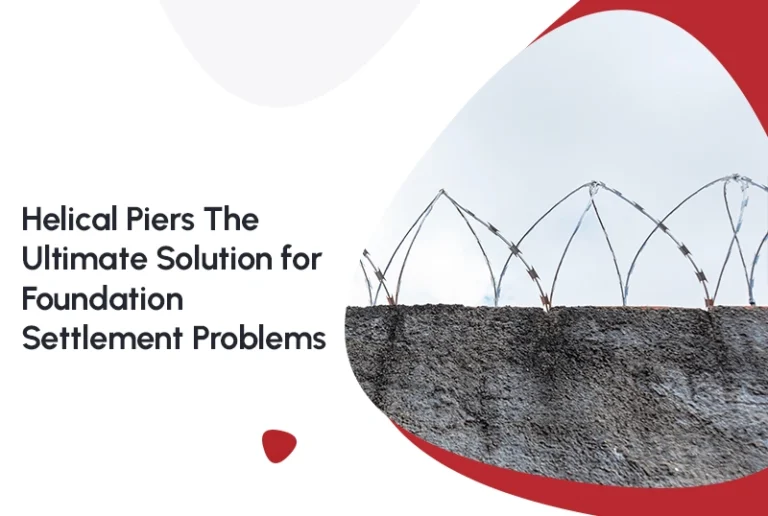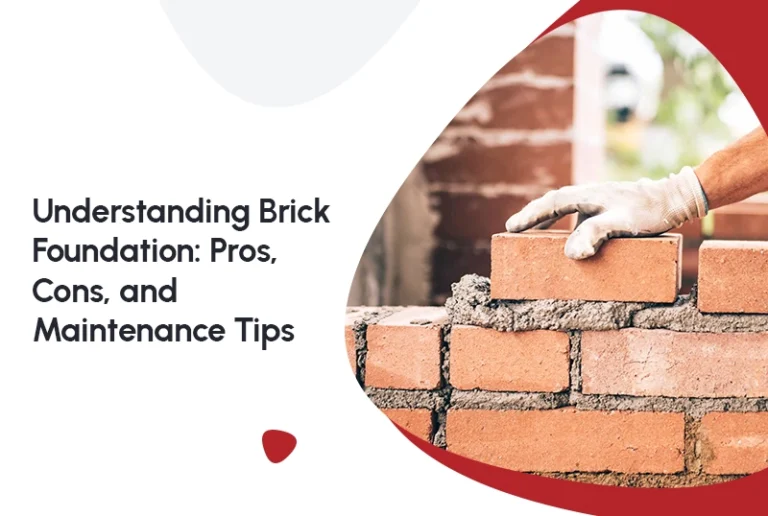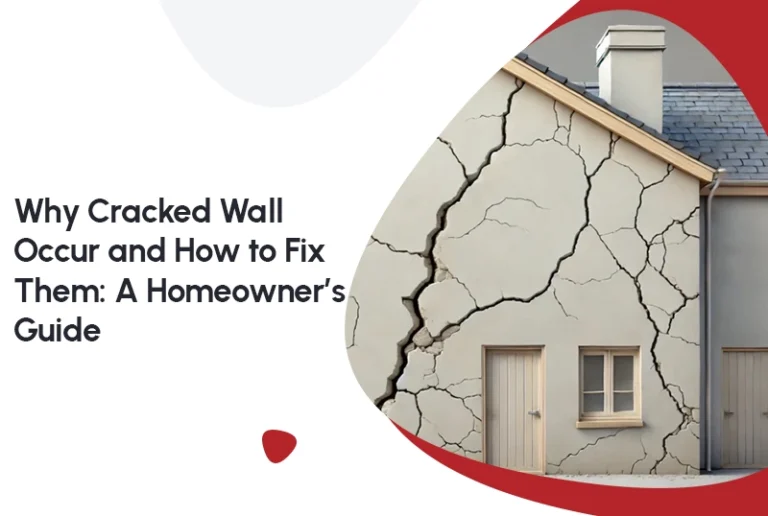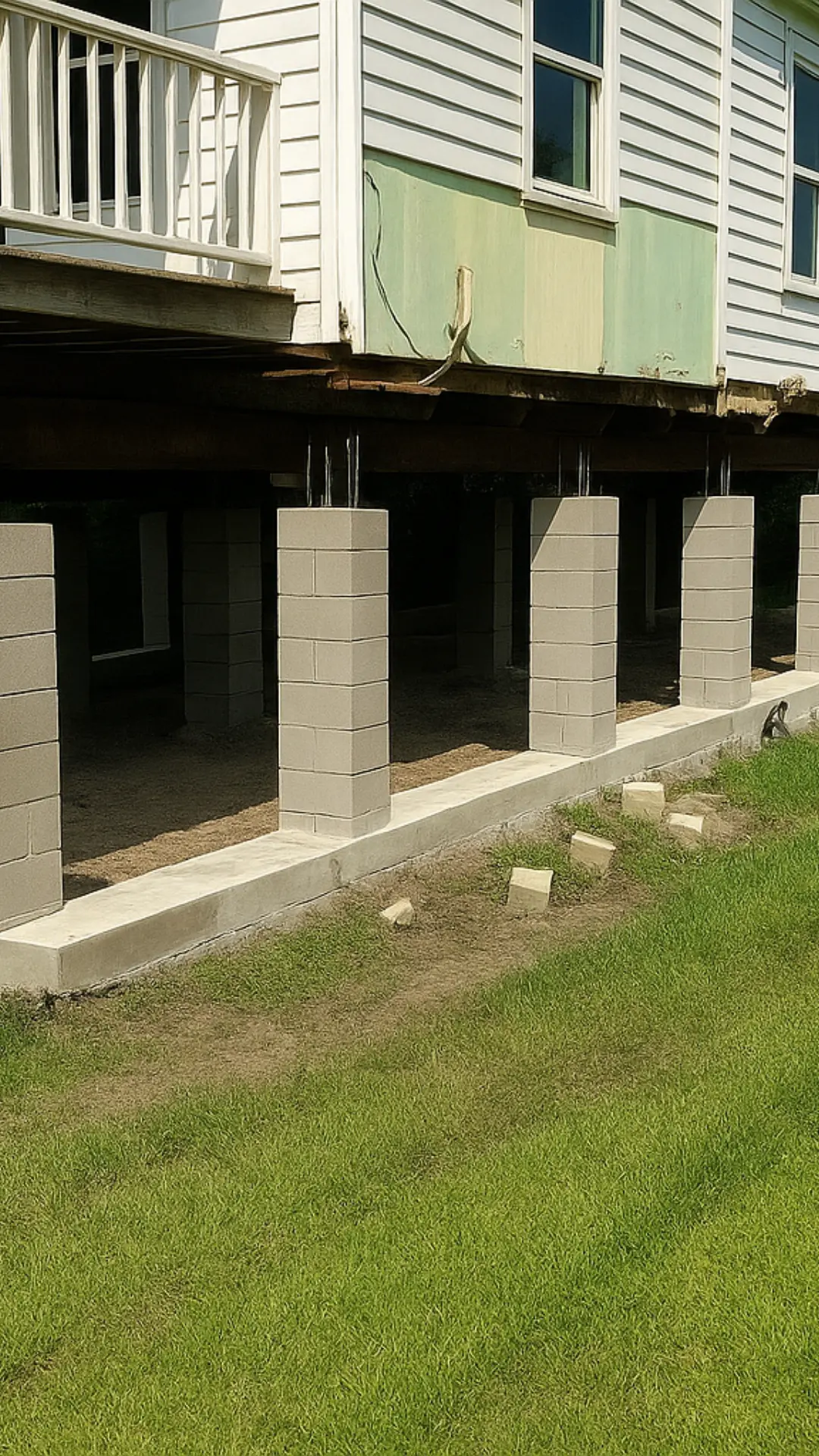In construction, finding the right foundation solution is critical for ensuring the structural integrity of buildings. When traditional foundations fail due to soil instability or challenging ground conditions, helical piles have emerged as a reliable and effective alternative. A helical pile is a deep foundation solution consisting of steel shafts with helical plates that are drilled into the ground, providing support for structures in areas with weak or shifting soil. With their ability to be installed quickly and without the need for heavy machinery, they have become a popular choice in various industries, including residential, commercial, and industrial construction.
This guide will explore what helical piles are, their applications, benefits, and why they are an excellent foundation solution for certain types of projects. By the end of this article, you will understand how they work and whether they are suitable for your next construction project.
What Are Helical Piles?
They are steel foundation elements with one or more helix-shaped blades (or plates) attached to the shaft. These piles are screwed into the ground, much like a screw being driven into wood. The helical design helps anchor the pile deep into stable soil, offering a strong base for various types of structures. These piles are used in both new construction and for underpinning or stabilizing existing structures.
The main difference between them and other foundation types, such as driven piles or concrete footings, is their installation process. These can be installed without excavation, making them ideal for areas where digging is difficult or where minimal disturbance is required. This allows for installation in locations with limited access or where environmental impact is a concern.
How Do Helical Piles Work?
The installation process for them is straightforward and involves the following steps:
- Site Preparation: The installation area is marked, and any necessary equipment is mobilized.
- Screwing the Pile into the Ground: It is screwed into the ground using a hydraulic drive. As the pile turns, the helical blades cut through the soil, creating a stable base.
- Loading Tests: After installation, the pile is tested for load-bearing capacity to ensure it meets the necessary requirements.
- Connection to the Structure: Once installed, the they are connected to the structure through a steel bracket or other anchoring mechanism.
This process is much faster than traditional deep foundations, making them ideal for time-sensitive projects.
Applications of Helical Piles
They can be used in a variety of applications, including:
1. Residential Foundations
They are ideal for residential properties where soil conditions may be poor or unstable. They provide a quick and effective solution for supporting homes in areas with expansive soils, clay, or other problematic ground types.
Example: In areas like Florida, where sinkholes are common, they are often used to stabilize homes and prevent foundation settlement due to shifting soil.
2. Commercial and Industrial Structures
For commercial and industrial buildings, they offer a reliable foundation solution that can support heavy loads. Their ability to be installed quickly minimizes construction delays, making them perfect for commercial projects with tight deadlines.
Example: Many large retail stores and warehouses utilize them for their foundations because they can be installed in a fraction of the time compared to traditional methods.
3. Bridge Foundations and Retaining Walls
In areas with unstable soil or near bodies of water, they can be used to create the foundation for bridges, retaining walls, and other infrastructure projects. Their resistance to shifting and settling makes them ideal for challenging environmental conditions.
Example: Several bridge projects in flood-prone areas of the Midwest use them to anchor the foundation securely into the ground, preventing movement during high water levels.
4. Solar Panel Installations
With the growing popularity of solar energy, helical piles have been increasingly used in solar panel installations. They provide a stable, efficient, and eco-friendly foundation for solar panels, especially in locations where traditional foundations might be difficult or cost-prohibitive.
Benefits of Helical Piles
1. Speed and Efficiency
One of the main benefits of them is their quick installation process. Unlike traditional foundation methods that require extensive excavation, they can be installed in a matter of hours. This is particularly beneficial for projects on tight schedules.
2. Minimal Disruption
The installation of helical piles does not require heavy machinery or large-scale excavation. This makes them ideal for locations where space is limited or where minimal disturbance to the environment is necessary, such as in urban areas or on sensitive sites.
3. Cost-Effectiveness
They are often more cost-effective than traditional deep foundation methods. Since they are installed quickly, there are fewer labor costs, and because no large-scale excavation is needed, the cost of equipment and disposal is significantly reduced.
4. Versatility and Flexibility
They are incredibly versatile and can be used in a variety of soil conditions. Whether the ground is soft, rocky, or prone to shifting, helical piles can provide stable support for a wide range of structures. Additionally, they can be used to underpin existing structures, offering a solution for stabilizing foundations without the need for major demolition or disruption.
5. Environmental Benefits
Since helical piles don’t require digging or concrete pouring, they have a lower environmental impact compared to traditional foundation methods. There is less disruption to the site, less waste, and the piles can be removed if necessary, leaving the site undisturbed.
Factors to Consider When Choosing Helical Piles
While theys offer numerous advantages, there are a few factors to consider when deciding whether they are the right foundation solution for your project:
1. Soil Conditions
The effectiveness of helical piles depends on the type of soil present at the installation site. These piles are most effective in cohesive soils like clay and silt, but they can also be used in more granular soils with proper engineering assessments.
2. Load-Bearing Requirements
Each project will have different load-bearing requirements, so it’s important to assess whether helical piles can meet the structural needs of your project. Consult with a geotechnical engineer to ensure the piles can handle the expected weight of the structure.
3. Installation Location
In areas with limited access or where heavy machinery cannot be used, helical piles are ideal. However, for projects with large-scale excavation needs, other foundation solutions may be more appropriate.
Helical Piles vs. Traditional Foundation Methods
When compared to traditional methods like concrete footings or drilled piers, helical piles offer several distinct advantages. For one, they can be installed much more quickly, with minimal disruption to the surrounding area. They are also more cost-effective in many cases, especially for projects where soil conditions are less than ideal.
Traditional foundations, such as concrete footings, require extensive excavation and curing time, which can lead to longer project timelines and higher costs. In contrast, helical piles can be installed immediately and are often used in combination with other foundation solutions to optimize performance.
Conclusion
Helical piles provide a reliable, cost-effective, and environmentally friendly foundation solution for a wide range of construction projects. Whether you’re building a new structure, reinforcing an existing one, or working in challenging soil conditions, helical piles offer significant advantages over traditional foundation methods. Their versatility, quick installation, and minimal environmental impact make them a top choice for both residential and commercial construction.
FAQs About Helical Piles
1. What is the lifespan of helical piles?
Helical piles have a long lifespan, often lasting 50 years or more, depending on the materials used and the environmental conditions. Their steel construction makes them resistant to corrosion, and they can withstand harsh weather conditions without losing stability.
2. Can helical piles be used in all soil types?
While helical piles are most effective in cohesive soils, such as clay and silt, they can be used in other soil types with the proper design and engineering considerations. They are particularly effective in soils that are prone to shifting or settlement.
3. Are helical piles a good choice for residential homes?
Yes, helical piles are an excellent foundation solution for residential homes, particularly in areas where traditional foundation methods may not be effective due to poor soil conditions or limited space for excavation.
4. How much do helical piles cost?
The cost of helical piles can vary depending on the size of the project, the type of soil, and the specific requirements. On average, the cost of installing helical piles ranges from $10 to $30 per linear foot, making them a cost-effective solution compared to traditional deep foundations.
5. How do you install helical piles?
Helical piles are installed by using a hydraulic drive to screw the pile into the ground. The process is quick, requires minimal machinery, and can be completed with little disruption to the surrounding area.
6. Are helical piles better than concrete footings?
Helical piles are often faster and more cost-effective than concrete footings, particularly in areas where soil conditions make traditional excavation difficult. They are also less disruptive to the environment.
7. How do you determine if helical piles are suitable for a project?
The suitability of helical piles depends on several factors, including soil conditions, load requirements, and access to the installation site. Consult a structural engineer or geotechnical expert to evaluate your project’s needs.
8. Can helical piles be used for both new construction and repairs?
Yes, helical piles can be used for both new construction and underpinning or stabilizing existing structures. They are particularly useful for reinforcing foundations that have settled or shifted over time.
9. What are the environmental benefits of helical piles?
Helical piles require minimal excavation, reducing soil disruption, waste, and environmental impact compared to traditional foundation methods. They also avoid the need for concrete, which has a high carbon footprint.
10. How long does it take to install helical piles?
The installation of helical piles is typically completed in a matter of hours or days, depending on the size of the project. This is much faster compared to traditional deep foundations, which can take weeks or even months to install.
